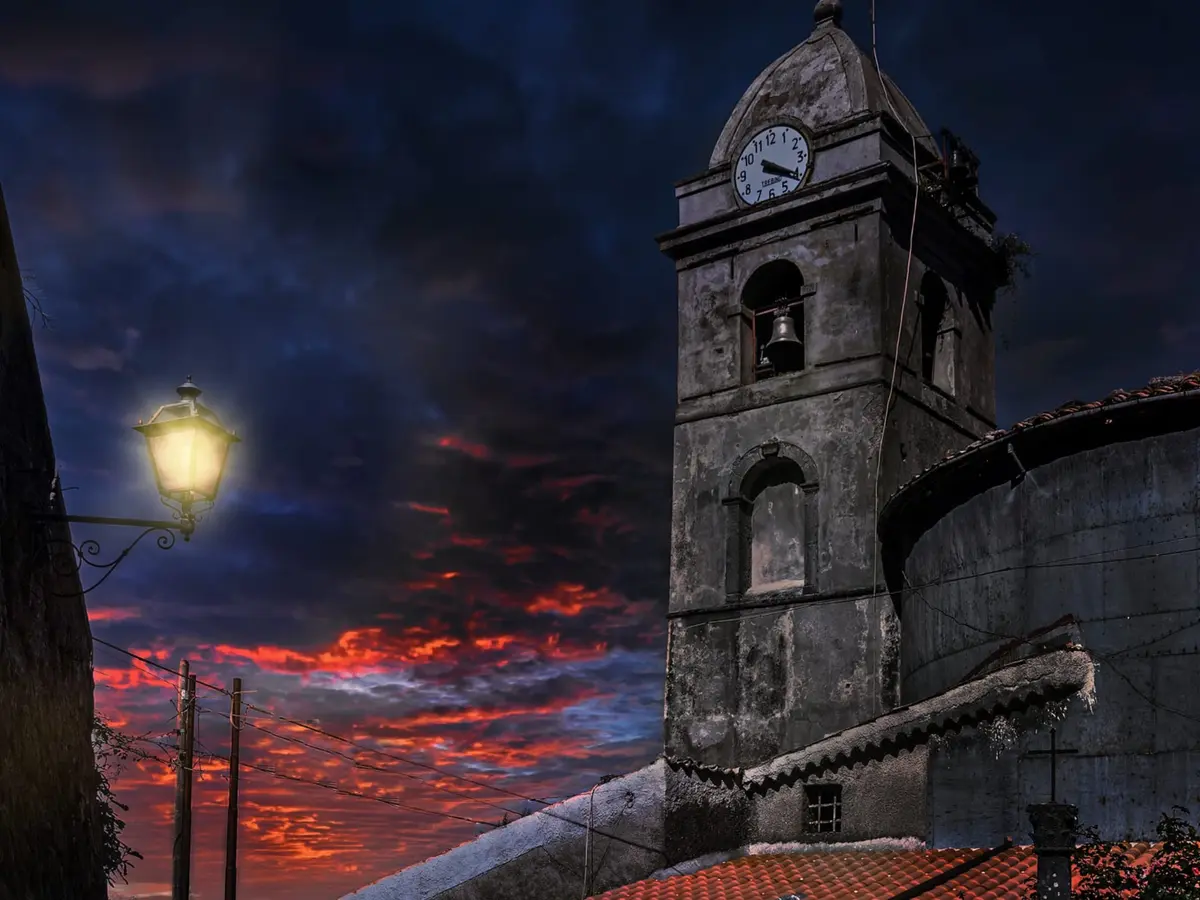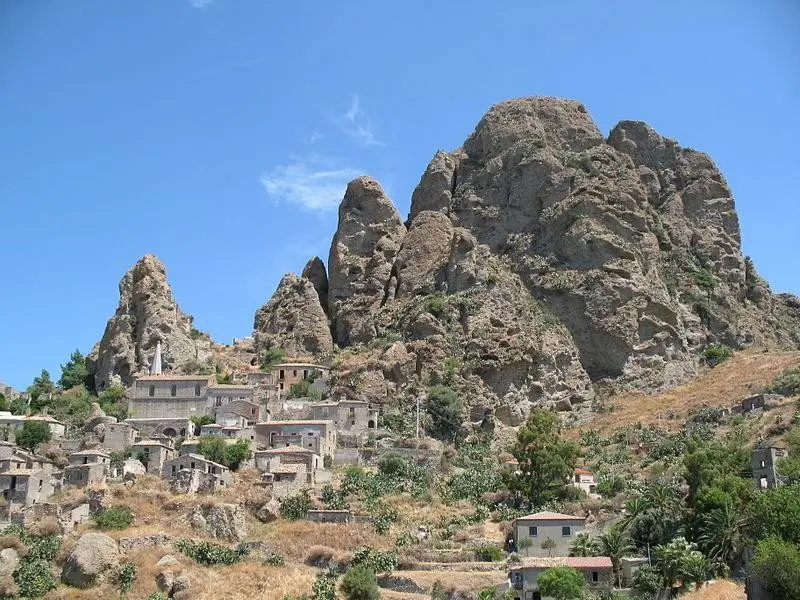Journey to Bovesìa, among the Greeks of Calabria
Weekend in the Grecanica area of Calabria
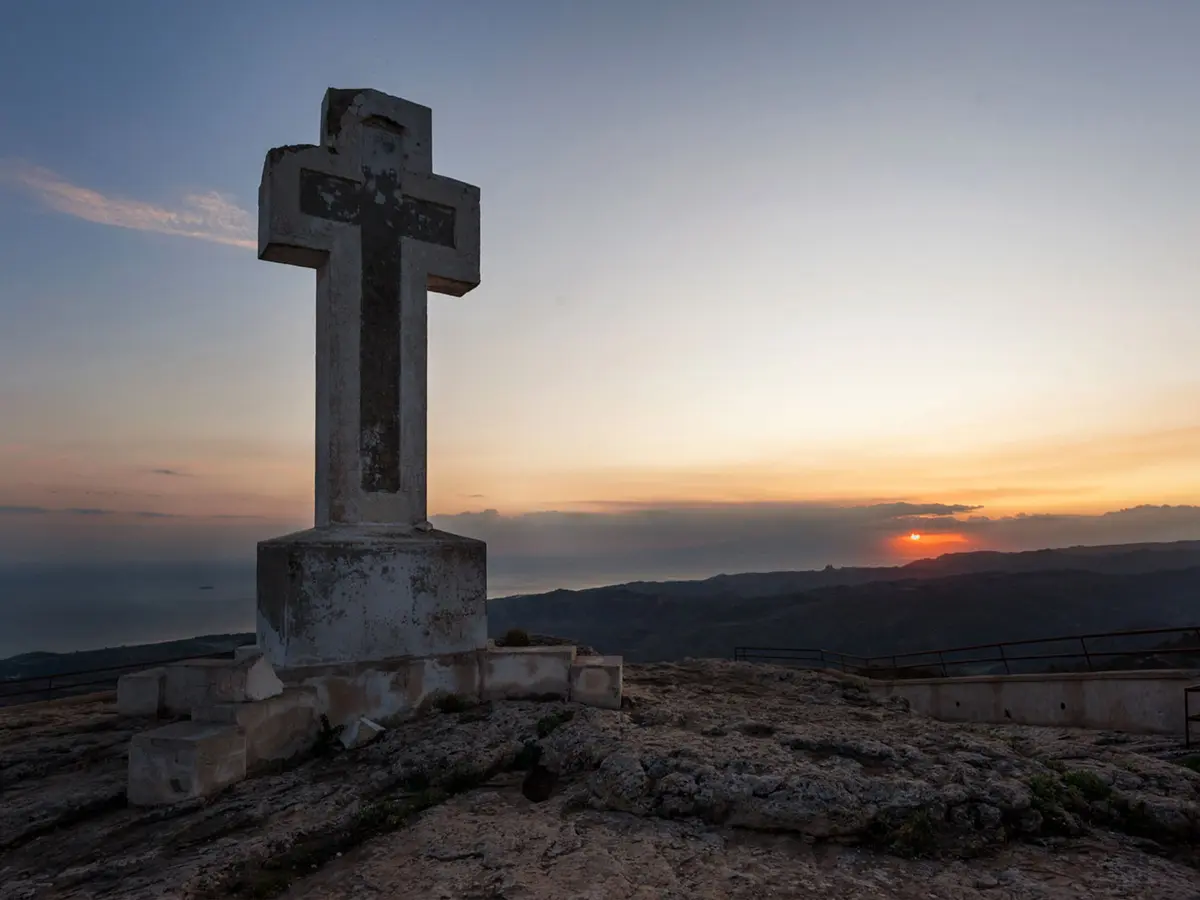
Tradition and folklore
Regione Calabria
Did you know that there is an area in the extreme south of Calabria where the ancient Grecanico (or Greek of Calabria) dialect is still spoken? This is the Ionian area also known as Bovesìa, from the name of the main urban and cultural centre of reference, the town of Bova, among The Most Beautiful Villages in Italy.
Calabria Grecanica is a treasure trove of a precious ethnic minority that still today attempts to preserve its linguistic, ritual and gastronomic customs through associations and local realities aimed at protection.
Let's discover together the traditions and peculiarities of the Greeks of Calabria in a tour that touches on the main centres within a vast area encompassing 15 municipalities:
- Bagaladi
- Bova
- Bova Marina
- Brancaleone
- Bruzzano Zeffirio
- Cardeto
- Condofuri
- Ferruzzano
- Gallicianò (hamlet of Reggio Calabria)
- Melito Porto Salvo
- Montebello Ionico
- Palizzi
- Roccaforte del Greco
- Roghudi
- San Lorenzo
- Staiti
Getting to know Calabria grecanica
Overlooking the sunrise and the charms of the Ionian coast of Reggio Calabria, the vast area of Bovesìa represents an ethno-cultural basin of ancient origins.
The presence of the Greek-Oriental communities that arrived on these shores was able to survive the Latinisation ordered by the Normans from the 11th century onwards, rigorously preserving the language of its origins, today known as the Greek dialect of Calabria, its traditions, music and food, establishing a true koinè.
The most important municipality of reference is Bova, the starting point for a tour of the Grecanica area of Calabria that, in essence, has as its reference point the legendary fiumara dell'Amendolea, the formerly navigable watercourse that descends from the clear springs of the Aspromonte National Park and traces unmissable trekking routes.

The green of the mountains, valleys and torrents combined with the beauty of the Costa dei Gelsomini, where the Caretta Caretta turtle nests, the clayey gullies and the authenticity of villages set in the rock (sometimes "ghost towns") create a unique ecosystem capable of holding man and nature, culture and spirituality in perfect harmony.
The Greeks of Calabria, united in the recovery of their linguistic and cultural heritage, have given rise to several local associations engaged in the study, preservation and dissemination of a reality that today is increasingly the subject of interest and virtuous forms of sustainable tourism: from the Greek-Byzantine rite to the oral tradition of Grecanico, passing through folk music and the dishes of the East.
Towns, traditions, gastronomy
Our Grecanico weekend starts with a visit to the village of Bova, capital of Bovesìa, among The Most Beautiful Villages in Italy. The last enclave of Greekness, as well as a bishop's seat, Bova stands on a rocky outcrop that acts as a natural defence, on which the ruins of the Norman Castle stand out.
Accessible through the ancient gates of the city walls, the historical centre gathers around the Cathedral. Inside, the Chapel of the Sacrament houses the statue of the Madonna Isodìa with Child, attributed to Rinaldo Bonanno (1584). Other jewels worth visiting are the Church of San Leo, with precious 19th-century stuccoes, and the Churches of the Carmine and Immacolata.
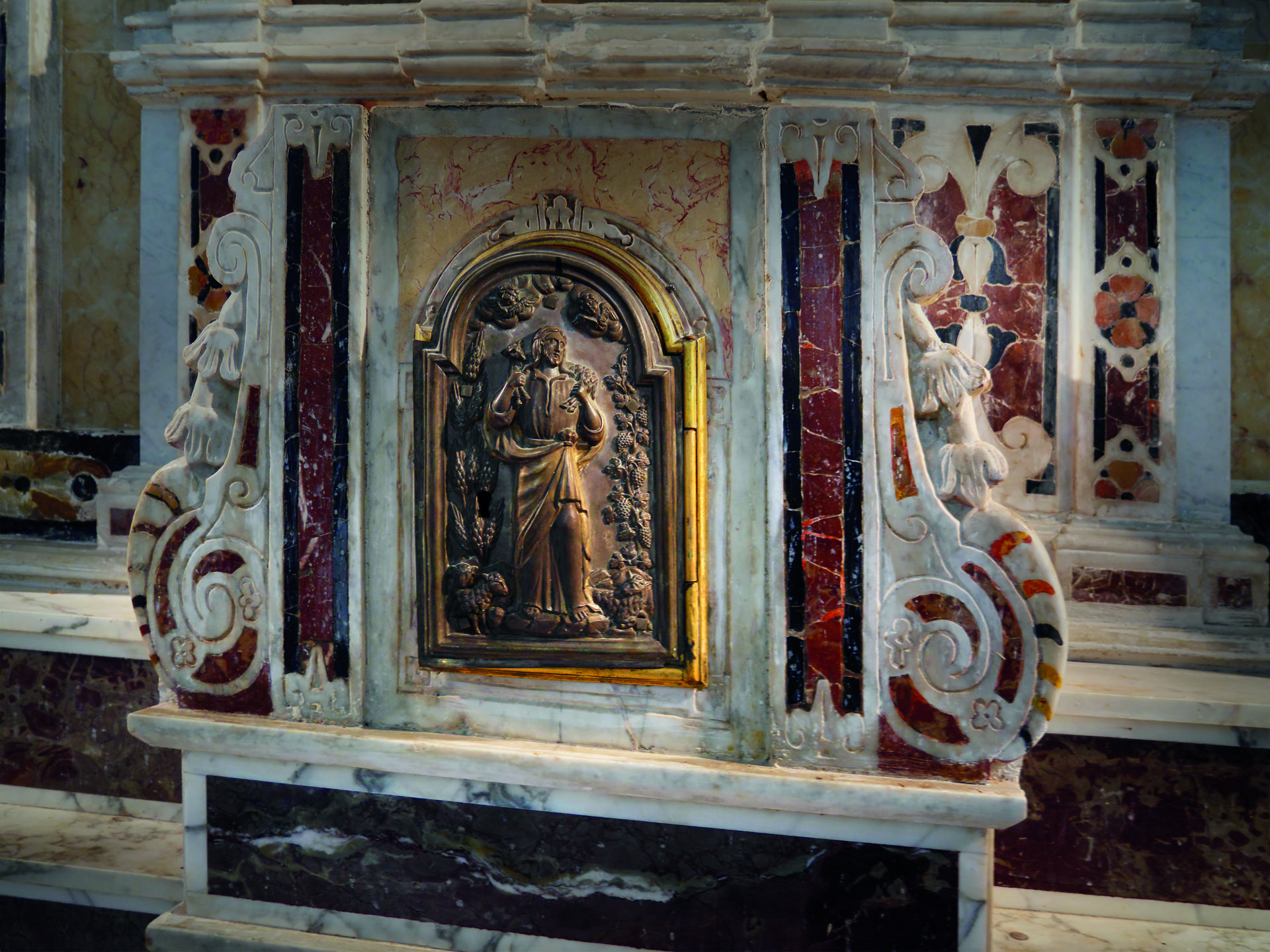
Losing oneself in the alleys of the village allows one to discover the façades of the noble palaces and walk along the Sentiero della Civiltà Contadina, the open-air museum that winds its way through the narrow streets where rural work tools are displayed. Those wishing to further their studies on Grecanica culture in Calabria should not miss a visit to the "Gerhard Rohlfs" Museum of the Greco-Calabra Language.
To fully immerse oneself in one of the Greek religious traditions, suspended between the sacred and the profane, the ideal thing to do is to visit Bova on Palm Sunday, when the highly original procession of the Persephones of Bova (Chòra tu Vùa or Pupazze) takes place. The Persephones certainly refer to Greek mythology and the legend of Persephone descending to the underworld, a myth of rebirth boldly juxtaposed with Christian Easter.
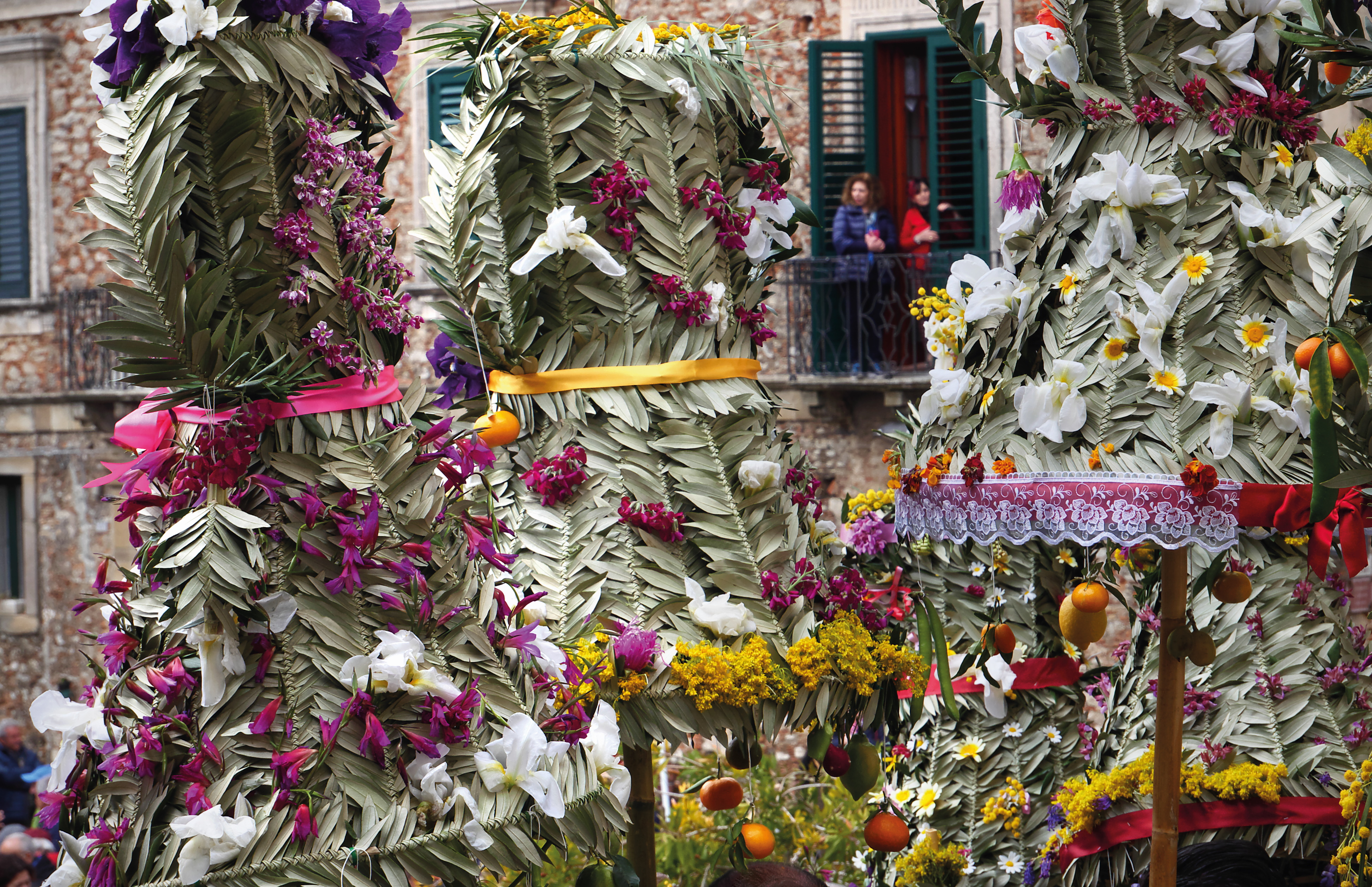
Another "must" of Grecanic folklore is related to the music and traditional instruments of the East. Those wishing to discover this can plan a tour of the Grecan villages in August, in conjunction with the beautiful "Festival Paleariza".
Summer evenings resound with archaic music, songs and dances, accompanied by the Calabrian lyre and accordion, evocative of agro-pastoral life and its symbolism. On festive occasions, one cannot miss a taste of the typical lestopitta, the unleavened focaccia that accompanies Grecian dishes of meat, cheese and bergamot.
Among the Grecian villages not to be missed are the so-called "ghost towns" abandoned over time due to emigration or natural disasters and today steeped in legends, an inexhaustible source of suggestions and true open-air film sets. Among these, a must-see is the village of Pentedattilo (in the municipality of Melito Porto Salvo), also known as the "Five Fingers of the Devil", linked to the historical episode of the Massacre of the Alberti and a popular stop for travellers-writers on the Grand Tour.

Among naturalistic gems, an excursion to the Calanchi Bianchi di Palizzi reserves the surprise of finding oneself in a suspended landscape of lunar charm. These are clayey and marly valley formations at sea level, characterised by sparse vegetation, typical of dunes. This is also the production area of the excellent Palizzi IGT wine, with which to toast the conclusion of our splendid weekend in Grecanica Calabria.
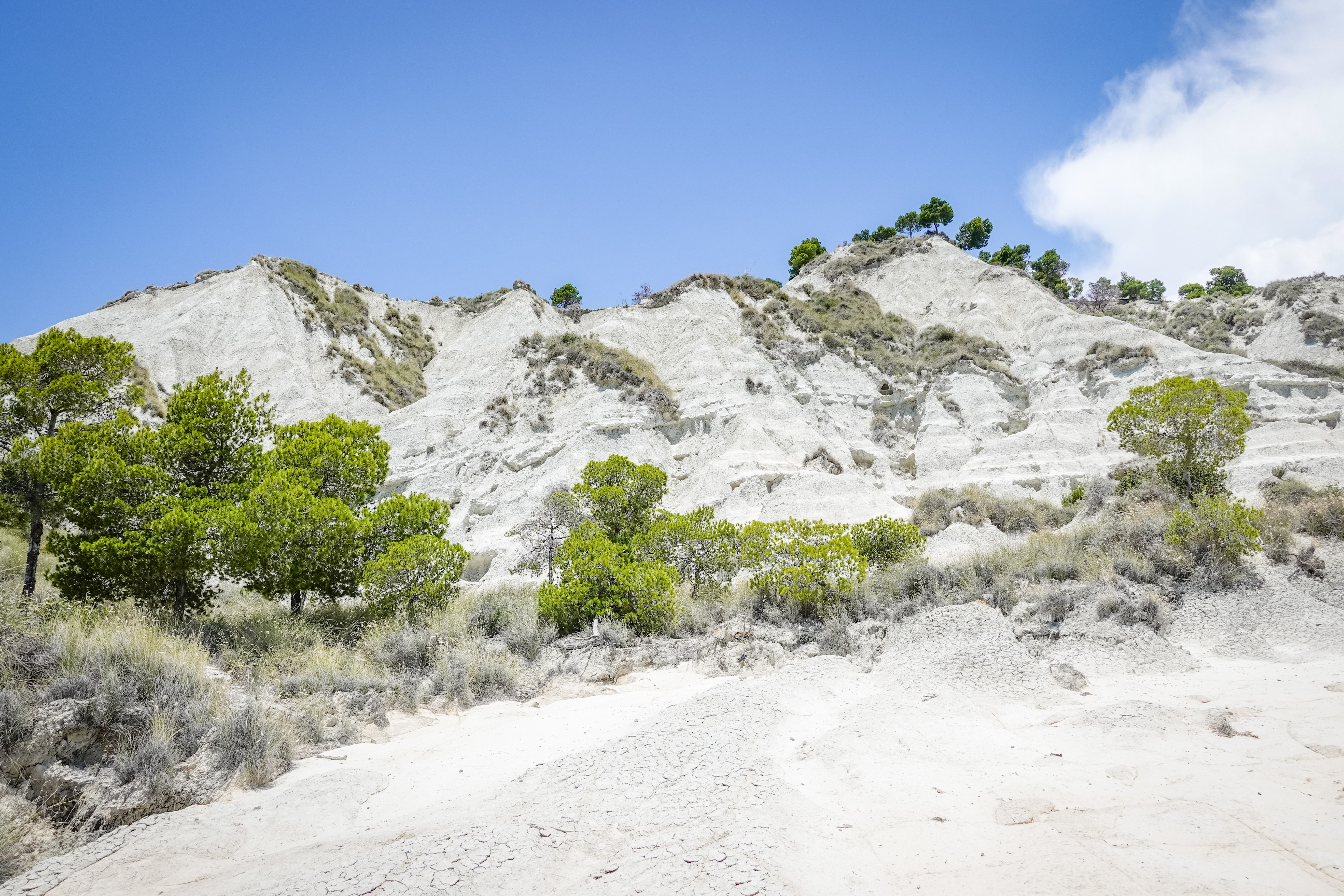
https://calabriastraordinaria.it/en/news/journey-to-bovesia-among-the-greeks-of-calabria


